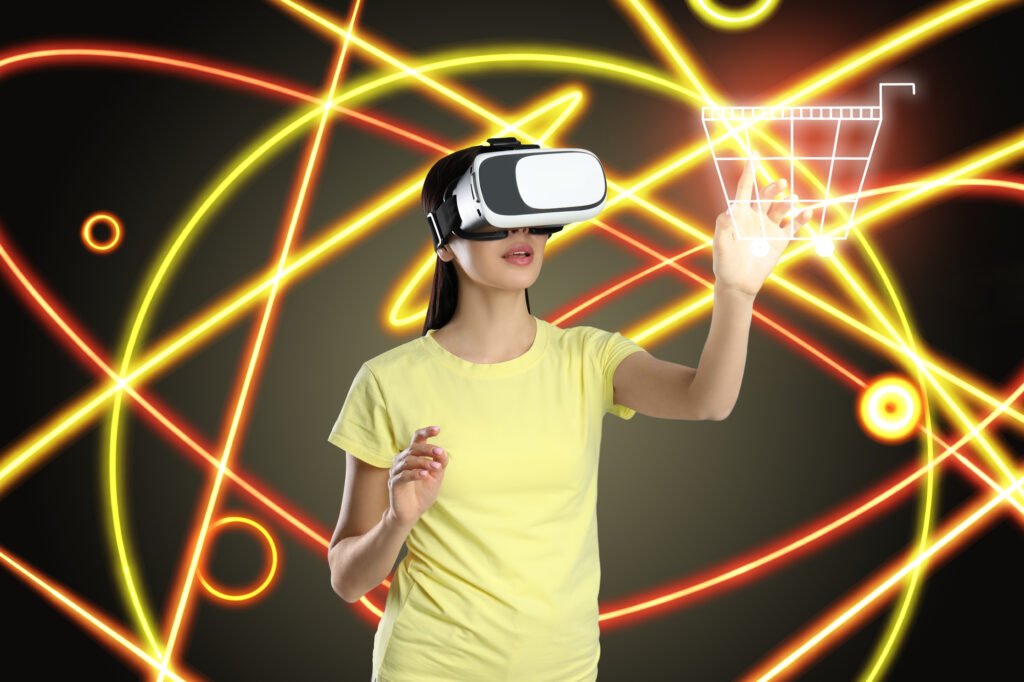In the ever-evolving landscape of retail, the emergence of virtual reality shopping has ushered in a new era of consumer engagement and satisfaction. This article delves into the transformative impact of virtual reality shopping on the overall retail experience, exploring the various ways in which this technology is reshaping the way consumers interact with brands and make purchasing decisions.
In this article we will be covering the following:
Elevating Retail Experience through Virtual Reality Shopping
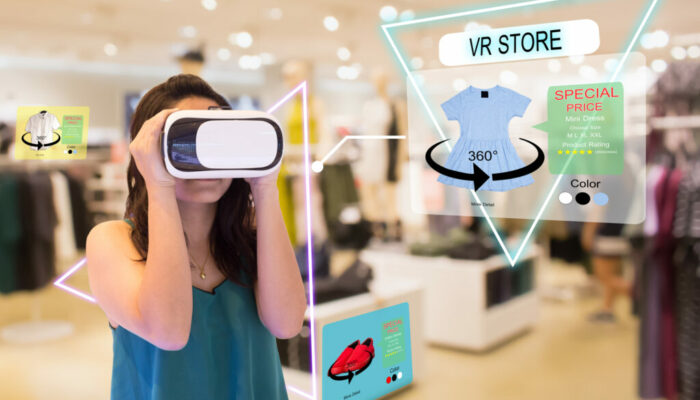
In the fast-paced world of retail, staying ahead of the curve is crucial for success. Virtual Reality Shopping (VRS) presents a revolutionary approach, merging the physical and digital realms. Retailers can achieve this by investing in advanced virtual reality platforms and technologies. These platforms allow for the creation of immersive virtual storefronts, where customers can explore products and interact with them in a simulated environment.
Virtual Reality Shopping acts as a powerful tool by tapping into the psychology of consumer behavior. The immersive nature of virtual reality enhances the emotional connection customers have with products. This influence on consumer behavior is profound; it instills confidence and reduces decision-making uncertainty. Retailers can leverage this by integrating Virtual Reality Shopping solutions that facilitate virtual try-ons, allowing customers to visualize clothing, accessories, and even test drive virtual products such as electronics or automobiles.
To seamlessly blend physical and digital realms, retailers can invest in 3D modeling and augmented reality technologies. These tools enable the creation of lifelike virtual environments where customers can interact with products. Integrating user-friendly interfaces and intuitive design enhances the feeling of participation, making customers active contributors to their shopping experience.
Virtual try-on experiences can be facilitated through augmented reality applications or virtual reality headsets. Retailers can partner with technology providers specializing in augmented reality solutions for e-commerce. By offering customers the ability to virtually try on clothing or visualize furniture in their homes, retailers provide a unique and personalized experience that goes beyond traditional online shopping.
The benefits for businesses are substantial. By embracing Virtual Reality Shopping, retailers gain a competitive edge by offering a level of confidence and satisfaction that is often missing in conventional online shopping. Increased customer satisfaction leads to higher conversion rates and brand loyalty. Retailers can leverage this advantage by investing in comprehensive training for staff to adeptly manage virtual reality interfaces and provide seamless customer support.
In conclusion, the seamless integration of physical and digital realms through Virtual Reality Shopping requires strategic investments in advanced technologies. Retailers can harness the power of Virtual Reality Shopping to influence consumer behavior positively, reduce decision-making uncertainty, and elevate the overall retail experience. The competitive edge gained by providing customers with a virtual shopping journey ensures sustained success in the dynamic world of retail.
Enhancing Product Visualization: A Game-Changer for Retailers
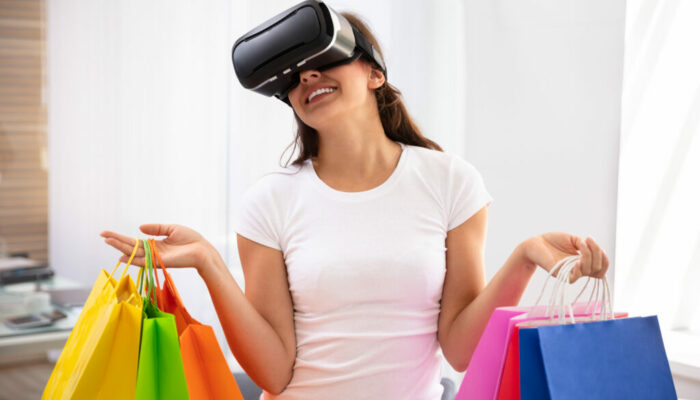
Personalization in Virtual Reality Shopping: Tailoring the Retail Experience
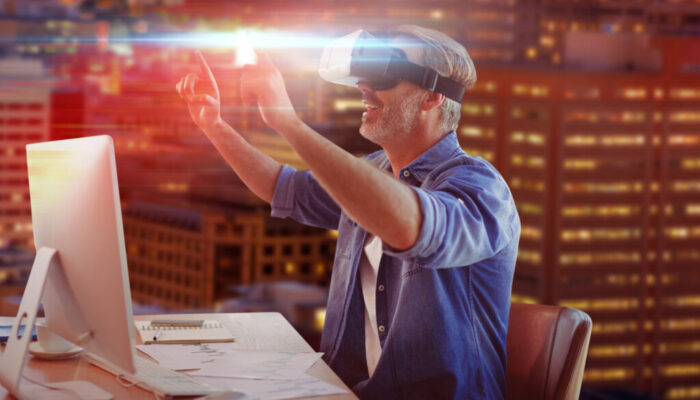
In the contemporary landscape of customer-centric retail, personalization stands out as a crucial element. Virtual Reality Shopping becomes a catalyst for this personalized approach, elevating the retail experience by crafting individualized journeys for each shopper.
Achieving this level of personalization requires retailers to invest in advanced data analytics and artificial intelligence (AI) algorithms. By leveraging customer data such as preferences, purchase history, and browsing behavior, retailers can curate virtual shopping environments that resonate with each individual. For instance, envision a virtual clothing store that dynamically showcases items tailored to a customer’s specific tastes in colors and styles.
To implement personalized experiences, retailers can collaborate with technology providers specializing in AI-driven personalization solutions. These solutions integrate seamlessly with virtual reality platforms, allowing for the dynamic customization of virtual storefronts based on real-time data. Retailers can also incorporate interactive features that enable customers to provide feedback within the virtual environment, further refining the personalization process.
The power of personalization through VRS extends beyond just product recommendations. Retailers can personalize the entire shopping journey, from the layout of the virtual store to interactive elements that align with individual preferences. For example, a customer interested in outdoor gear may find themselves in a virtual environment that simulates an outdoor adventure, complete with relevant product displays and interactive features.
The benefits for retailers are substantial. Personalization through VRS enhances customer engagement, fostering a stronger connection between the customer and the brand. This heightened engagement often translates into increased conversion rates and brand loyalty. Retailers can also capitalize on the wealth of data collected during virtual interactions to further refine their marketing strategies and inventory selection.
Achieving personalization in Virtual Reality Shopping demands strategic investments in data analytics and AI technologies. Retailers can partner with specialized technology providers to seamlessly integrate personalized experiences into their virtual storefronts. By tailoring the retail experience to individual preferences, VRS not only meets the expectations of the modern, discerning consumer but also positions retailers for sustained success in the customer-centric retail landscape.
Overcoming the Limitations: Virtual Reality Shopping for Every Retailer

As Virtual Reality Shopping gains traction, some retailers remain apprehensive, citing concerns about complexities and costs. However, overcoming these perceived challenges is within reach, and there are solutions designed to cater to businesses of all sizes.
Retailers looking to adopt Virtual Reality Shopping can explore user-friendly and cost-effective platforms such as Posibolt. These platforms are tailored specifically for retailers, providing accessible and streamlined virtual reality solutions. Here’s how retailers can navigate the perceived limitations:
Education and Training:
Retailers can invest in comprehensive training programs for their staff to ensure a smooth transition to virtual reality interfaces. This investment minimizes the learning curve and empowers employees to effectively utilize the technology to enhance customer experiences.
Affordable Technology Solutions:
Platforms like Posibolt offer cost-effective virtual reality solutions. Retailers can choose packages that align with their budgetary constraints while still gaining access to advanced virtual reality features. This democratization of technology ensures that even smaller businesses can harness the benefits of Virtual Reality Shopping.
Scalability:
Virtual reality solutions need to be scalable to accommodate the diverse needs of retailers. Posibolt’s platform, for example, allows businesses to scale their virtual reality initiatives based on growth and demand, ensuring flexibility and adaptability as the business expands.
Consultation and Support:
Technology providers like Posibolt often offer consultation and ongoing support to assist retailers in navigating the integration of Virtual Reality Shopping. This personalized guidance ensures that retailers can maximize the potential of the technology without feeling overwhelmed.
Customization for Business Needs:
Platforms catering to retailers, like Posibolt, understand that each business is unique. Therefore, their virtual reality solutions are customizable to address specific needs and objectives. Whether a retailer focuses on fashion, electronics, or furniture, the platform can be tailored accordingly.
By embracing solutions like Posibolt, retailers of all sizes can overcome the perceived challenges associated with adopting Virtual Reality Shopping. These platforms not only mitigate complexities and reduce costs but also pave the way for an inclusive and innovative retail landscape. As the technology becomes more accessible, retailers can position themselves at the forefront of the Virtual Reality Shopping revolution, delivering enhanced experiences to their customers and staying ahead in the competitive retail market.
Conclusion: The Future of Retail Lies in Virtual Reality Shopping
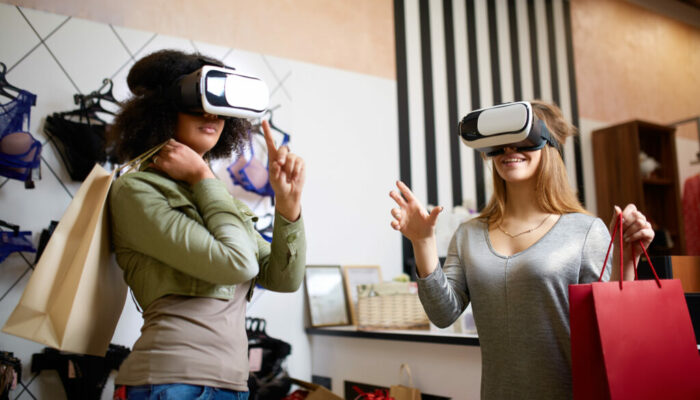
As technology continues to redefine the retail landscape, Virtual Reality Shopping emerges as a game-changer. It not only transforms the way customers shop but also empowers retailers to provide an unparalleled shopping experience. By embracing the potential of VRS, retailers can not only stay relevant but thrive in an era where the intersection of technology and consumer engagement is at its peak.
Explore more about the impact of Virtual Reality Shopping on consumer behavior here.
For cutting-edge Virtual Reality Shopping solutions tailored for your business, visit Posibolt.
By seamlessly integrating Virtual Reality Shopping into their strategies, retailers can unlock new dimensions of customer satisfaction, brand loyalty, and ultimately, business success. The journey into the future of retail has just begun, and Virtual Reality Shopping is paving the way for a more immersive and personalized shopping experience.
As retailers navigate the intricate landscape of 2024, mastering advanced inventory forecasting techniques is not just an option – it’s a strategic imperative. By embracing data-driven decision-making, real-time tracking, collaborative supply chain integration, and customer-centric approaches, retailers can position themselves at the forefront of the industry, ensuring sustained growth and customer satisfaction in the years to come.

